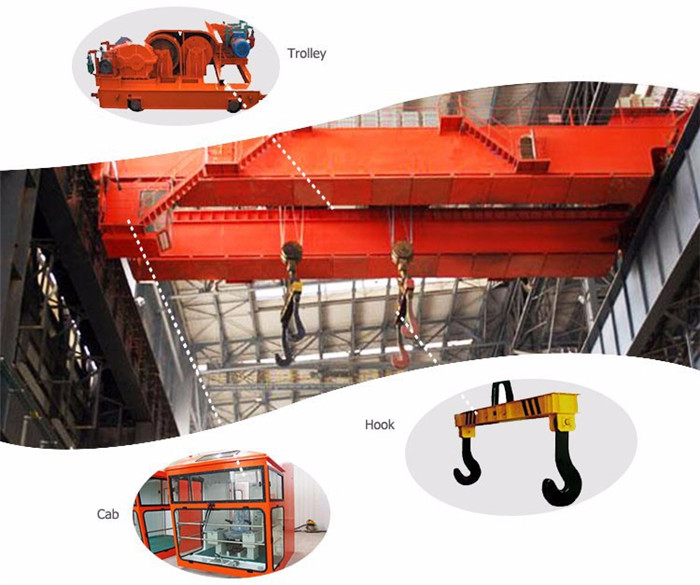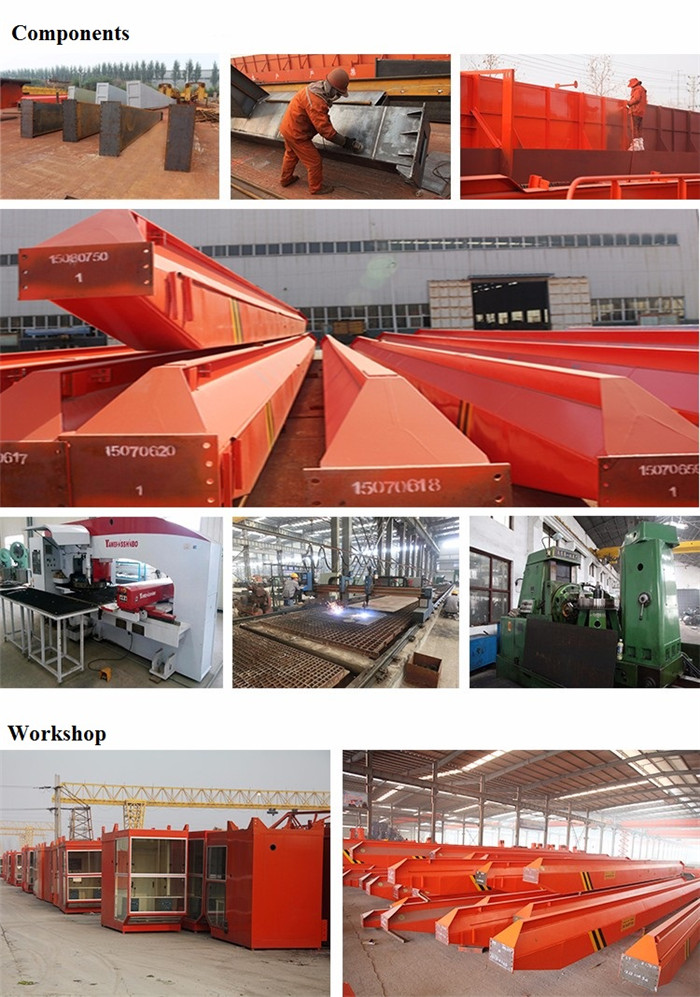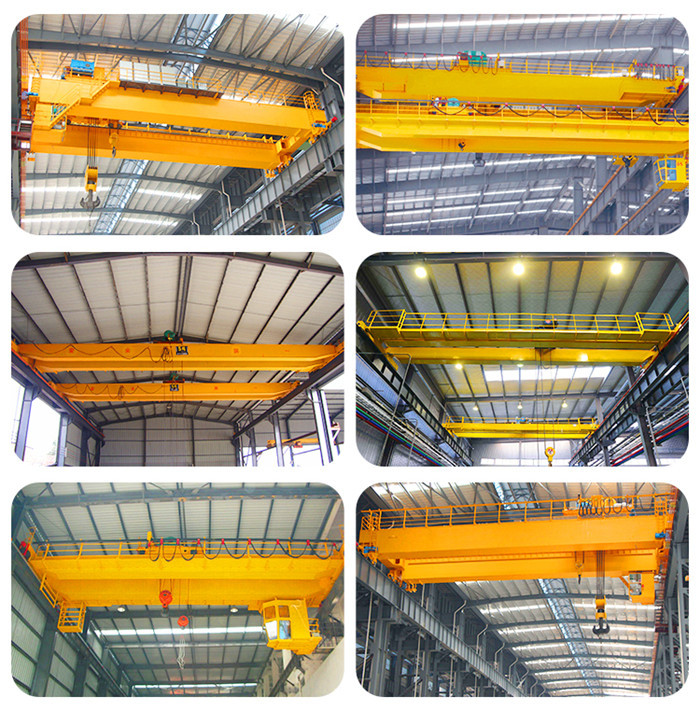From August 1, 2013, the nationwide service industry including the transportation industry, all taxable items have been changed from business tax to value-added tax. This is the so-called "campaign increase."
It can be said that the reform is a reflection of the improvement of the domestic taxation system. It not only resolves the legacy of the value-added tax reform that began in 1994, but also promotes the development of the tertiary industry in China and promotes the professional division of labor in the service industry.
The details of the change in the tax rate and the method of expropriation for the traffic service industry by the CYZ are detailed in the appendix. This article would like to talk about the impact of the change in the camp on the truck industry.
Increased the number of vehicles to update
After the business change, the company engaged in highway logistics transportation will pay VAT on the difference between operating income and deductible costs. The more input tax companies can deduct, the less value-added tax they pay. When buying a new car, the truck manufacturer needs to issue a VAT invoice to the customer and an input tax set out in the VAT invoice. The logistics company will be able to deduct the output tax.
For example, a logistics company buys a Dongfeng truck at a purchase price of 300,000 yuan (tax included). Then, the input tax included in this Dongfeng truck is RMB 43590 (the VAT rate paid by autos is 17%, which is the extra-external tax). If the logistics company’s operating income for the month is 1 million yuan and the VAT rate is 11%, then its output tax is 99,099 yuan, deducting the input tax of purchasing trucks is 43590 yuan, then it only needs to pay 55,509 yuan in the same month. In addition, the value-added tax for various types of consumables and services such as diesel and repairs is also reduced. The tax amount for the month can be less than 55,509 yuan. For the company, if you do not buy a car this month, you may have to pay 43590 yuan more, if you buy a new car, you can pay less tax 43590 yuan.
Since the value-added tax included in the car is 17%, for a logistics company, buying a new car can offset the 17% tax value of the vehicle, which is more than the rate of replacement and 10% of the car to the countryside. As a result, the reduction in the cost of vehicles brought about by the increase in the number of operations will undoubtedly greatly promote the upgrading of corporate vehicles.
As most parts of the country began to implement the VAT reforms from August 1 this year, some local regulations stipulate that trucks purchased after 2011 can be deducted from output tax, whereas previous vehicles could only be counted. Depreciation cannot be deducted from the input tax. Therefore, for those logistics companies that purchase vehicles before 2011, if the sales tax for the current month is very high, it will be very cost-effective for these companies to update vehicles in the current month.
Since the new car's fuel consumption, repairs, and vehicle performance are all likely to improve after the vehicle is updated, the new car can be deducted by 17%. Therefore, the notion of "tax payment is not as good as transfer" will be among logistics companies. It is becoming more and more common.
Increased operating costs and increase in vehicle performance and prices
Taxes can be deducted for buying a car. Similarly, the more expensive a car, the greater the tax deductible. Therefore, this will change the cost-benefit relationship of companies buying vehicles. The more expensive the car, the greater the deductible amount, the company may buy better and more expensive vehicles.
For example, when comparing two models with 300,000 yuan and 600,000 yuan, the horsepower and hourly speed of a 300,000 yuan car is not as good as a 600,000 yuan car, and a car that is 600,000 yuan less than a 600,000 yuan car runs less than a quarter of a month. Distance (an analogy). Before making a change to the camp, after doing a similar comparison, the company may feel that buying a cheaper car is more cost-effective. However, since the expensive portion of high-performance vehicles can offset 17% of the tax, in this case, if the value of purchasing high-performance vehicles can create more value than the cost of vehicle purchase, then these enterprises may Will buy more expensive vehicles.
In addition, as new vehicles can be taxed, and the salaries paid out of people cannot be taxed, the replacement balance between vehicles and people will be broken, and companies will be more inclined to use more expensive vehicles that can save manpower. For example, a fast running car can reduce the driver's working time, which means that the labor cost is reduced; for example, an automatic vehicle can make the driver more attractive. These will drive companies to purchase vehicles with better performance and higher prices to save labor costs.
Therefore, the increase in business operations will not only promote the change of business vehicles, but also promote the replacement of cars by companies.
Reform of business operations to promote logistics specialization and intensification
For the tertiary industry, the greatest benefit of the increase in the battalion reform is the elimination of double taxation. In the past when the business tax was levied, the more specialized the division of labor in enterprises such as logistics and warehousing, the more serious the extent of their repeated taxation. The more projects the company outsources, the higher the degree of outsourcing, and the more tax it pays.
The reform of the camp will only tax the difference, which will effectively eliminate the situation of the re-levying tax. This will further promote the professionalization of the transportation industry and promote the intensive development of the industry.
Since the salaries of the issuing staff cannot be deducted from taxes, the services obtained after outsourcing can also be tax-deductible. Therefore, the company outsources some non-core businesses, not only can it promote its resources to concentrate on its core business, but also it can also outsource its services. Reduce management costs and staff wage costs.
Because specialized logistics companies have stronger financial strength and information management capabilities than scattered transportation companies, logistics companies often have the ability to purchase high-priced vehicles with good performance. In addition, because specialized companies often consider long-term interests, they will calculate the relationship between vehicle costs and benefits from the vehicle's entire life cycle. Therefore, these companies are willing to purchase those with high prices, but have low operating costs throughout the entire life cycle. Vehicles.
It can be said that the reform will promote the professionalization of logistics companies and third-party logistics, and will indirectly promote the purchase price of vehicles. In this regard, the increase in the value of the business will not only drive truck sales, but will also increase the average selling price of trucks. This change will gradually emerge in recent years.
Increased or aggravated logistics company burden
As with the VAT reforms that began in 1993, the increase in business transformation from the general perspective is that it can promote China's economy to a new level, it can also promote the development of the tertiary industry in China, and it can guide the transformation and upgrading of enterprises. However, due to the special circumstances of the logistics industry, the company’s tax burden may increase after the business reforms increase, which may affect the profitability and freight costs of the logistics companies in the short term.
After the business tax was changed to the value-added tax, the logistics company's tax rate was paid 3% from the previous operating income, becoming 11% of the current balance. On the surface, as long as the gross profit of the company does not exceed 30%, the corporate tax burden may not increase. However, due to the large amount of costs of logistics companies that cannot be deducted, the total taxable amount is greatly increased. For example, staff salaries, foreign labor services, etc. In addition, road and bridge fees, which account for about 20% of the cost of logistics companies, cannot be issued VAT invoices. Some gas stations in small and remote areas cannot obtain VAT invoices. Without a VAT invoice, it means that you cannot offset output tax as an input tax. For many companies, the cost of getting a VAT invoice is only a fraction of the total cost. According to estimates by Shanghai, overall, the tax burden of Shanghai logistics companies has increased by about 20% after the increase in the number of operations.
Many regions now subsidize enterprises that have increased their tax burden after the “reformation of the campâ€, in an effort to keep the tax burden level unchanged. However, after all, subsidies are not a permanent solution.
Some logistics companies with higher tax burdens and unable to obtain subsidy have faced the dilemma of further shrinking profits. Firms with strong bargaining power pass the burden of increasing tax burden by increasing freight rates, and companies with poor bargaining power can only operate with difficulty.
However, for any new thing, policies will continue to improve, just as the value-added tax reform that began in 1993 has also undergone continuous adjustment for several years. In addition, this policy will also force companies to adjust their structure. For example, continuously increase and update equipment, reduce labor costs, and seek larger companies that can issue VAT invoices when outsourcing their businesses.
In any case, the curtain for the reform of the camp has been opened, and the logistics industry may have to undergo a period of adjustment and even pains. However, its long-term development trend is positive. For the truck industry, which is closely related to the logistics industry, this policy will be beneficial to its medium to long-term market.
annex:
In 2011, with the approval of the State Council, the Ministry of Finance and the State Administration of Taxation jointly issued a pilot scheme for the conversion of business tax into value-added tax. Starting from January 1, 2012, pilot business tax exemption VAT pilots will be carried out in Shanghai's transportation industry and some modern service industries. At this point, the reform of the taxation system for goods and services has kicked off. From August 1, 2012 to the end of the year, the State Council has expanded its pilot operations to 10 provinces and cities. As of August 1st, 2013, the scope of “Camp†has been extended to trials across the country.
Tax Reform Arrangement
1. Tax rate:
On the basis of the current VAT rate of 17% and the low tax rate of 13%, there are two new low rates of 11% and 6%. The applicable 11% tax rate for leasing tangible and movable property and the 6% tax rate for modern service industries in other departments.
2. Tax method:
Transportation, construction, post and telecommunications, modern services, culture and sports, sales of real estate, and transfer of intangible assets, in principle, apply the general method of taxation of value added tax. The financial and insurance industry and domestic service industry shall, in principle, apply the simplified taxation method for value-added tax.
3. Tax basis:
The taxpayer’s tax basis is, in principle, the entire income derived from taxable transactions. For some industries where there is a large amount of funds for collection, transfer, or disbursement, the amount of disbursement on behalf of them may be reasonably deducted.
4. Service Trade Import and Export:
Imports and exports of service trade are levied on value-added tax in China, and export tax rate or tax exemption system.
Taxable service area
1. Transport industry: Changed to 11% (including land transport services, water transport services, air transport services - wet lease services, pipeline transport services)
2. Some modern service industries: Changed to 6% (including R&D and technical services, information technology services, cultural and creative services, logistics support services, tangible movable property rental services, and verification consulting services)
overhead Casting Crane with hook are the main handling equipment for smelting workshop of steel work. They are used for conveying, pouring and hot metal charging of liquid metal in smelting process. It mainly consists of main beam, hook trolley, crane traveling mechanism,cabin and electric controlling system, etc. Foundry crane is one of the main equipment in the continuous casting technology of steel making. It is mainly used transfer the pouring melted iron to the appointed place, and the thermal-protective coating is added at the bottom of the main girder. The place where molten nonmetal material and red-hot solid metal is lifted. The casting Overhead Crane are heavy duty for 20-24 hours working.
Features:
1.Heavy Duty and High Efficient
2.Long Life Span: 30-50years.
3.Easy for Installation and maintenance.
4.High Temperature
5.Full Spare Parts will offer
6.Dual Lift Motor for Main Lifting Mechanism

Specification:
Lifting Weight (t)
125/32
140/32
160/32
185/50
200/50
225/65
240/80
280/80
320/80
Working Class
A7
A7
A7
A7
A7
A7
A7
A7
A7
Span(m)
19
19
27
28.5
28
27
22
22
24.5
Lifting
Height(m)
Main Hook
24
22
25
27
26
32
25
29
28
Aux. Hook
26
24
26
29
26
34
27
29
32
Speed
(m/min)
Main Hook
7.6
7.8
9.8
7.5
6
11
7
12
7.5
Aux. Hook
9.7
9.7
12
10
10
11
9.6
10
10
Main Trolley
38
36
43.5
40
41
41
35
40
29
Aux. Trolley
39
37.5
43.5
38
38
39.5
38
40
39
crane
76
73
84
80
78
84
80
80
58
Max. Wheel Load(KN)
505
535
485
525
530
550
545
735
750
Steel Track Recommended
QU120
QU120
QU120
QU120
QU120
QU120
QU120
QU120
QU120
Power Source
380V 50HZ 3-Phase A.C.

Other types to choose from

Casting Crane
Casting Crane,Girder Overhead Casting Crane,Cast Overhead Crane,Girder Overhead Crane
Jiangxi Mide Industrial Co., Ltd. , http://www.midecrane.com
![<?echo $_SERVER['SERVER_NAME'];?>](/template/twentyseventeen/skin/images/header.jpg)